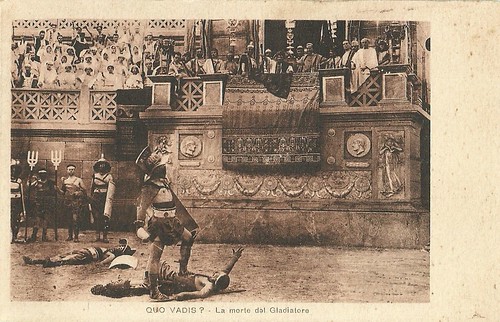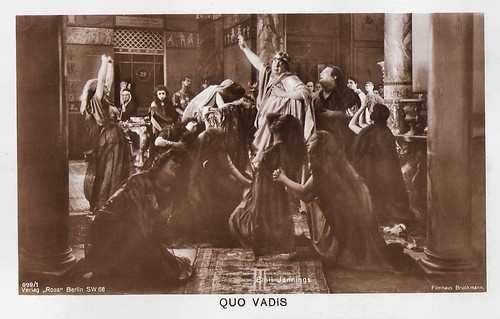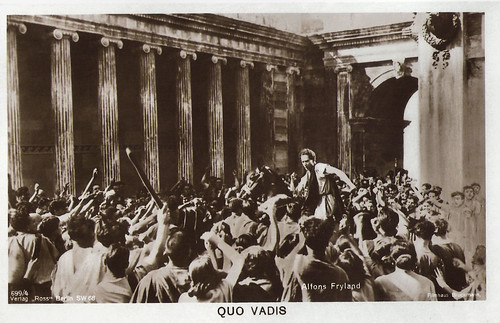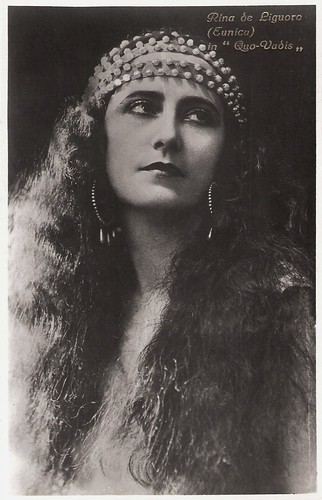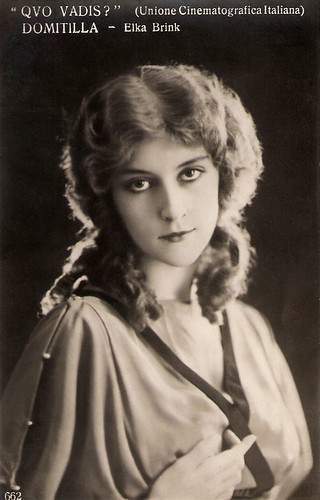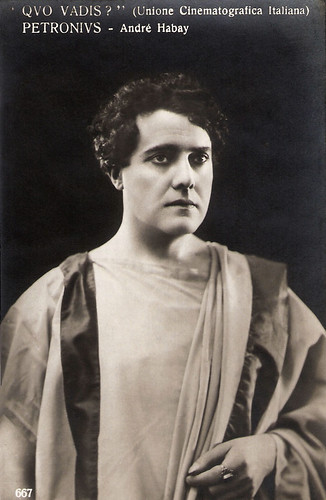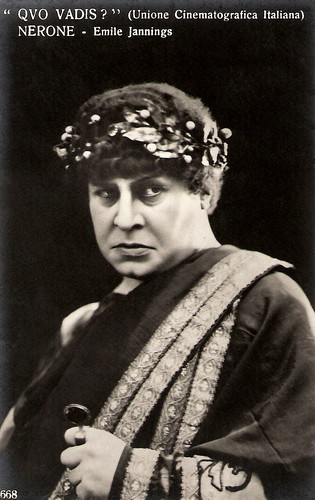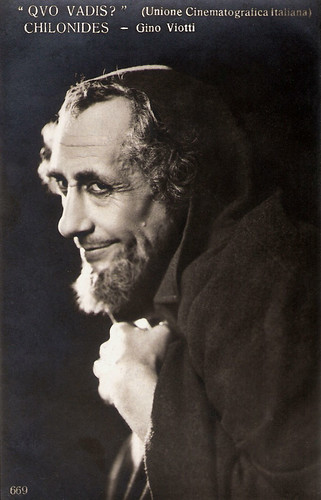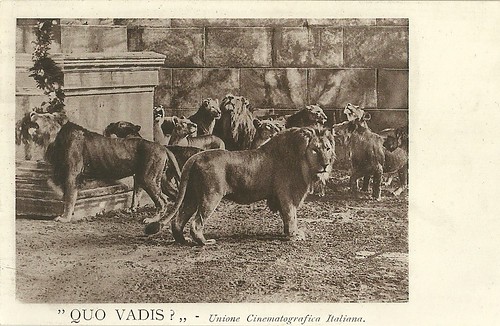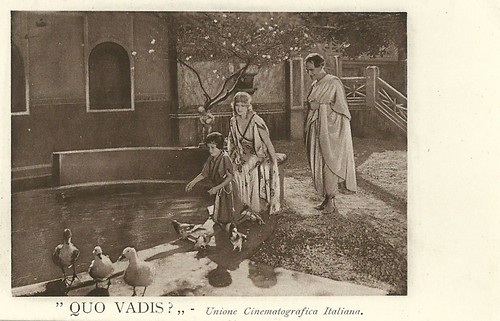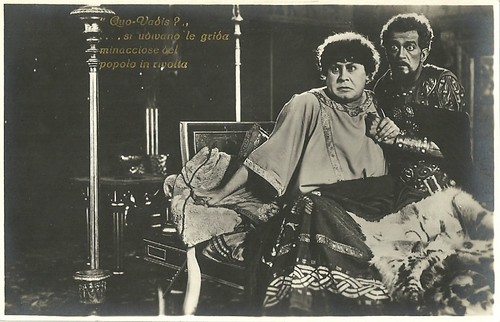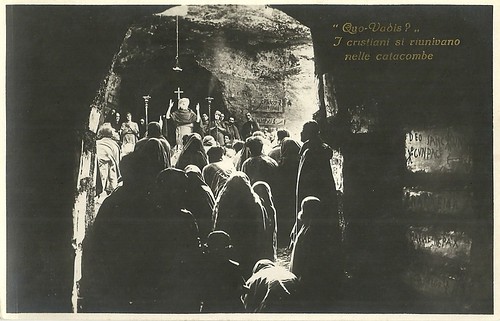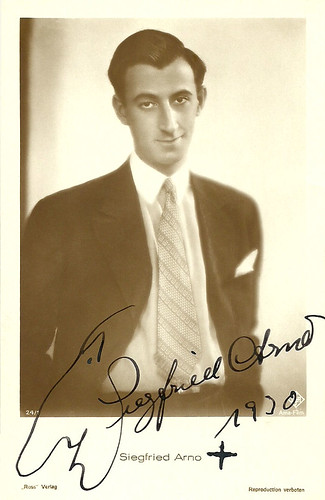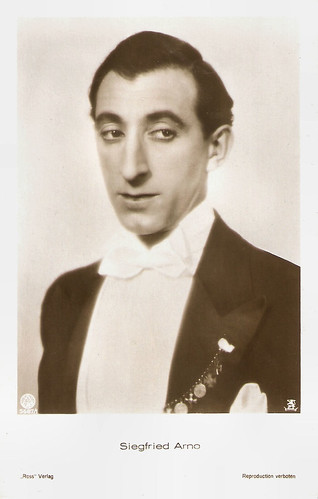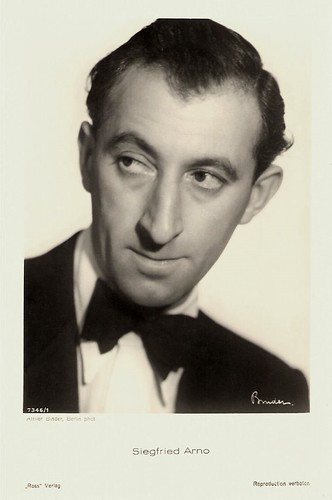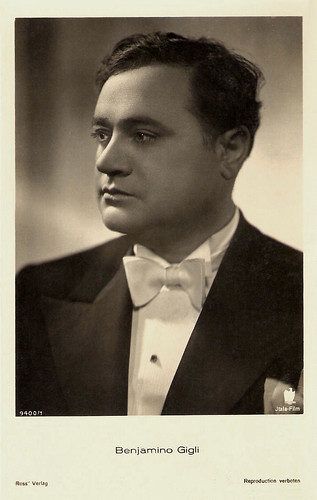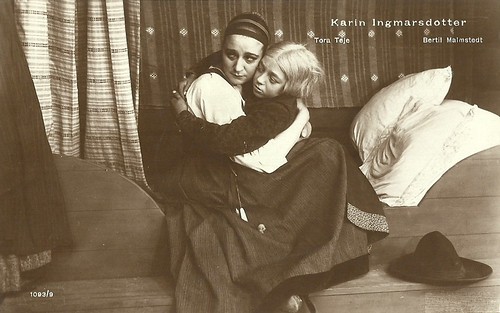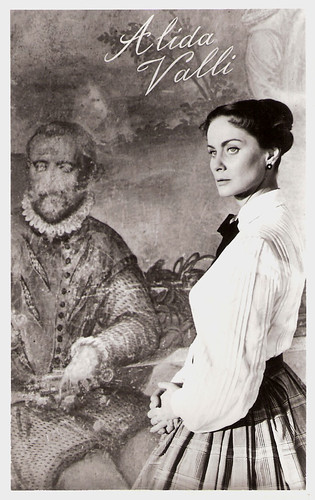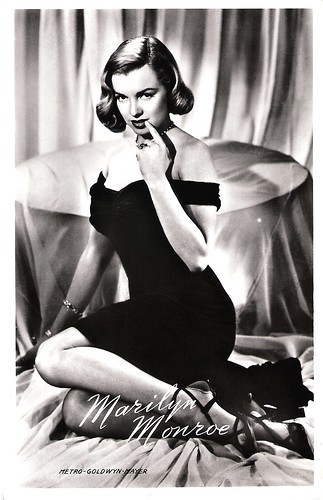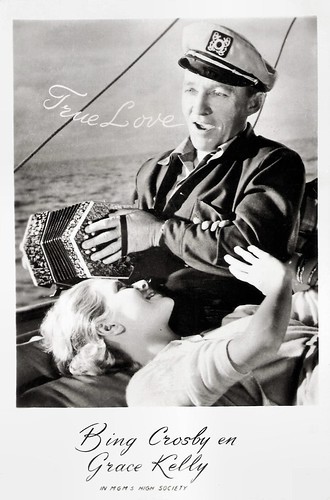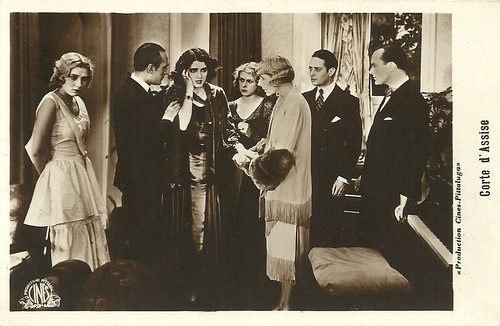Last Friday, American actor Robert Vaughn died after a brief battle with acute leukaemia. Vaughn's elegant, dark-haired Napoleon Solo on the Spy series The Man from U.N.C.L.E (1964-1968) was television’s answer to James Bond. Together with his partner in the series, David McCallum as blond Russian Illya Kuryakin, Vaughn set 1960s TV’s standard for suavity and crime busting cool. The serie’s international popularity led to back-to-back of Golden Globe nominations for Vaughn as Best TV Star in 1965-1966.
![Robert Vaughn (1932-2016)]()
American postcard by C.G. Williams Ltd, Maidstone, Kent, no. U 1, U.N.C.L.E. agent Napoleon Solo. Publicity still for The Man from U.N.C.L.E (1964-1968).
Robert Francis Vaughn was born in 1932 in New York City, to Gerald Walter Vaughn, a radio actor, and his wife, Marcella Frances (Gaudel), a stage actress. His ancestry included Irish, French, and German.
He studied journalism at the University of Minnesota, but quit after a year. He moved to Los Angeles and enrolled in Los Angeles City College majoring in drama, then he transferred to California State University at Los Angeles and completed his Master's degree. After that, and while he was acting throughout the 1960s and into the 1970s, he attended the University of Southern California and completed his Ph.D. in Communications. His thesis on the blacklisting of Hollywood entertainers during the McCarthy anti-communist era was published in 1972 as Only Victims.
His first film appearance was as an uncredited extra in The Ten Commandments (Cecil B. DeMille, 1956). Several parts in TV series and a role in the Western Good Day for a Hanging (Nathan Juran, 1959) followed.
Vaughn had his breakthrough as war veteran Chester A. Gwynn in The Young Philadelphians (Vincent Sherman, 1959), starring Paul Newman. For this part he was nominated for an Academy Award for Best Supporting Actor and won a Golden Globe for Best Supporting Actor.
He then played one of the seven gunfighters who help oppressed Mexican peasants to defend their homes in The Magnificent Seven (John Sturges, 1960). It earned him another Globe nomination for Most Promising Newcomer.
Daniel Bolton at IMDb: "Despite being in such popular films, he generally found work on television. He appeared over 200 times in guest roles in the late 1950s to early 1960s. It was in 1963 that he received his first major role in The Lieutenant (1963). Robert took the role with the intention of making the transition from being a guest-star actor to being a co-star on television. It was due to his work in this series that producer Norman Felton offered him the role of Napoleon Solo in The Man from U.N.C.L.E. (1964).
![Robert Vaughn (1932-2016)]()
Spanish collectors card. Photo: publicity still for the series The Lieutenant (1963-1964).
![Robert Vaughn (1932-2016)]()
Spanish postcard by Bergas, no. 773. Photo: publicity still for the TV series The Man from U.N.C.L.E. (1964-1968) with David McCallum.
In the following decades, Robert Vaughn had memorable parts in such popular pictures as the Steve McQueen car-chase classic Bullitt (Peter Yates, 1968), the war film The Bridge at Remagen (John Guillermin, 1969), The Towering Inferno (John Guillermin, 1974) with Paul Newman and Steve McQueen, S.O.B. (Blake Edwards, 1981), Superman III (Richard Lester, 1983) and as the uncredited voice of Proteus IV, the computer villain of Demon Seed (Donald Cammell, 1977) with Julie Christie.
He also appeared in several European productions, such as the thriller La baby sitter (René Clément, 1975) with Maria Schneider, the adventure film Atraco en la jungla/Double Cross (Gordon Hessler, 1976), and the Spaghetti Western Renegade (E.B. Clucher, 1987) starring Terence Hill.
In television, he appeared in many successful series, most notably in The A-Team (1983) and Emerald Point N.A.S. (1983).
More recently, Vaughn played grifter and card sharp Albert Stroller on the British series Hustle (2004-2012). During the first two months of 2012, he took on the role of Milton Fanshaw in the long-running British soap opera Coronation Street, as Milton Fanshaw, a love interest for Sylvia Goodwin, played by veteran English actress Stephanie Cole.
His memoir, A Fortunate Life, was published in 2009. His final film was Gold Star (Vitoria Negri, 2016) about a young music school dropout, who struggles to make sense of her aimless life while caring for her dying 90 year old father.
Robert Vaughn died of acute leukaemia on 11 November 2016 in Ridgefield, Connecticut. He was 83. Vaughn is survived by wife, Linda Staab, and their two adopted children: Cassidy Vaughn (1976) and Caitlin Vaughn (1981).
![Robert Vaughn (1932-2016)]()
Spanish postcard by Bergas, no. 918. Photo: publicity still for The Man from U.N.C.L.E. (1964-1968).
Compilation Napoleon Solo -The Tough Life of an Uncle Agent of The Man from U.N.C.L.E. (1964-1968). Source: Tronyfree (YouTube).
Sources: Greg Evans and Erik Pedersen (Deadline), Daniel Bolton (IMDb), Wikipedia and IMDb.

American postcard by C.G. Williams Ltd, Maidstone, Kent, no. U 1, U.N.C.L.E. agent Napoleon Solo. Publicity still for The Man from U.N.C.L.E (1964-1968).
One of the Magnificent Seven
Robert Francis Vaughn was born in 1932 in New York City, to Gerald Walter Vaughn, a radio actor, and his wife, Marcella Frances (Gaudel), a stage actress. His ancestry included Irish, French, and German.
He studied journalism at the University of Minnesota, but quit after a year. He moved to Los Angeles and enrolled in Los Angeles City College majoring in drama, then he transferred to California State University at Los Angeles and completed his Master's degree. After that, and while he was acting throughout the 1960s and into the 1970s, he attended the University of Southern California and completed his Ph.D. in Communications. His thesis on the blacklisting of Hollywood entertainers during the McCarthy anti-communist era was published in 1972 as Only Victims.
His first film appearance was as an uncredited extra in The Ten Commandments (Cecil B. DeMille, 1956). Several parts in TV series and a role in the Western Good Day for a Hanging (Nathan Juran, 1959) followed.
Vaughn had his breakthrough as war veteran Chester A. Gwynn in The Young Philadelphians (Vincent Sherman, 1959), starring Paul Newman. For this part he was nominated for an Academy Award for Best Supporting Actor and won a Golden Globe for Best Supporting Actor.
He then played one of the seven gunfighters who help oppressed Mexican peasants to defend their homes in The Magnificent Seven (John Sturges, 1960). It earned him another Globe nomination for Most Promising Newcomer.
Daniel Bolton at IMDb: "Despite being in such popular films, he generally found work on television. He appeared over 200 times in guest roles in the late 1950s to early 1960s. It was in 1963 that he received his first major role in The Lieutenant (1963). Robert took the role with the intention of making the transition from being a guest-star actor to being a co-star on television. It was due to his work in this series that producer Norman Felton offered him the role of Napoleon Solo in The Man from U.N.C.L.E. (1964).

Spanish collectors card. Photo: publicity still for the series The Lieutenant (1963-1964).

Spanish postcard by Bergas, no. 773. Photo: publicity still for the TV series The Man from U.N.C.L.E. (1964-1968) with David McCallum.
Computer villain
In the following decades, Robert Vaughn had memorable parts in such popular pictures as the Steve McQueen car-chase classic Bullitt (Peter Yates, 1968), the war film The Bridge at Remagen (John Guillermin, 1969), The Towering Inferno (John Guillermin, 1974) with Paul Newman and Steve McQueen, S.O.B. (Blake Edwards, 1981), Superman III (Richard Lester, 1983) and as the uncredited voice of Proteus IV, the computer villain of Demon Seed (Donald Cammell, 1977) with Julie Christie.
He also appeared in several European productions, such as the thriller La baby sitter (René Clément, 1975) with Maria Schneider, the adventure film Atraco en la jungla/Double Cross (Gordon Hessler, 1976), and the Spaghetti Western Renegade (E.B. Clucher, 1987) starring Terence Hill.
In television, he appeared in many successful series, most notably in The A-Team (1983) and Emerald Point N.A.S. (1983).
More recently, Vaughn played grifter and card sharp Albert Stroller on the British series Hustle (2004-2012). During the first two months of 2012, he took on the role of Milton Fanshaw in the long-running British soap opera Coronation Street, as Milton Fanshaw, a love interest for Sylvia Goodwin, played by veteran English actress Stephanie Cole.
His memoir, A Fortunate Life, was published in 2009. His final film was Gold Star (Vitoria Negri, 2016) about a young music school dropout, who struggles to make sense of her aimless life while caring for her dying 90 year old father.
Robert Vaughn died of acute leukaemia on 11 November 2016 in Ridgefield, Connecticut. He was 83. Vaughn is survived by wife, Linda Staab, and their two adopted children: Cassidy Vaughn (1976) and Caitlin Vaughn (1981).

Spanish postcard by Bergas, no. 918. Photo: publicity still for The Man from U.N.C.L.E. (1964-1968).
Compilation Napoleon Solo -The Tough Life of an Uncle Agent of The Man from U.N.C.L.E. (1964-1968). Source: Tronyfree (YouTube).
Sources: Greg Evans and Erik Pedersen (Deadline), Daniel Bolton (IMDb), Wikipedia and IMDb.


